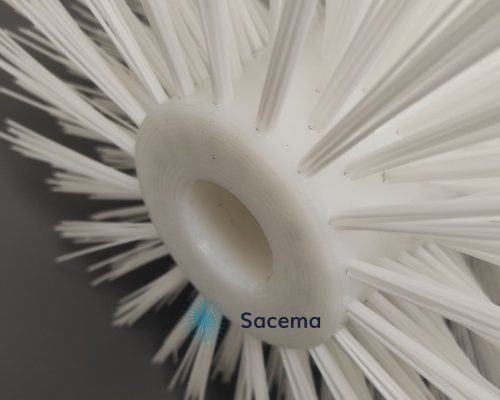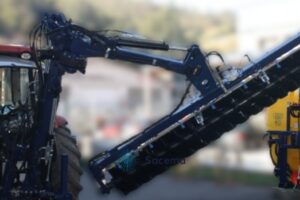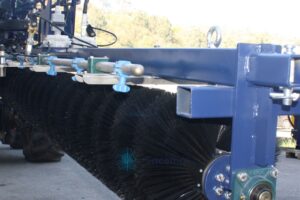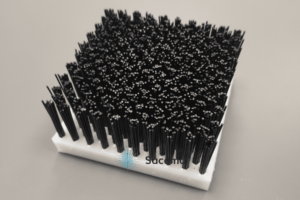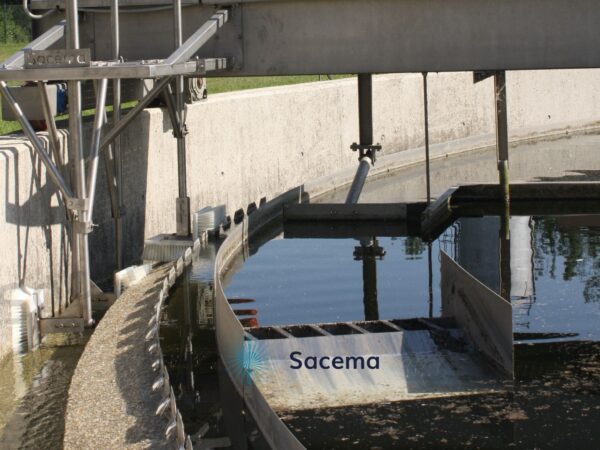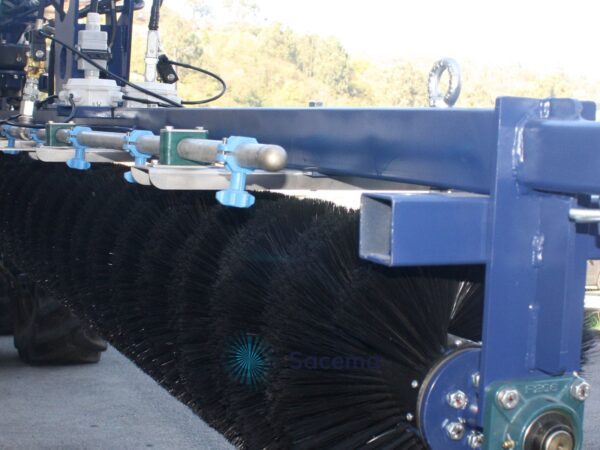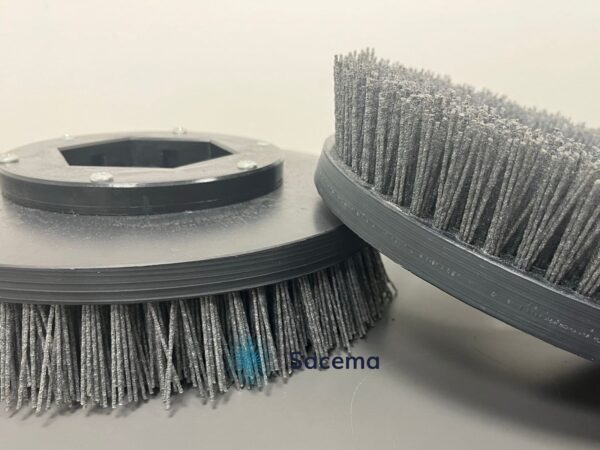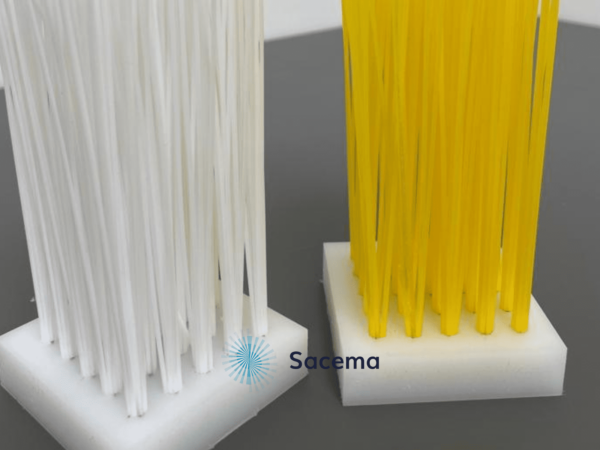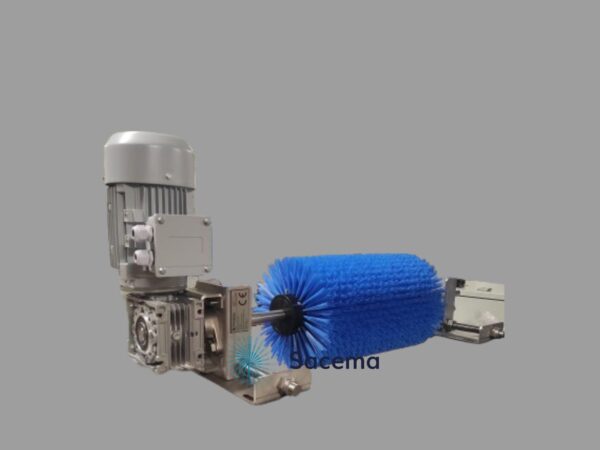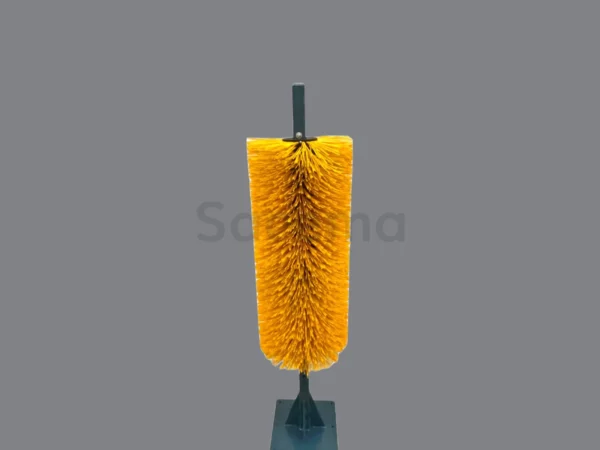Conveyor belts are an indispensable tool for moving products or materials, and are found in all types of industries throughout the world.
There are many types of belts depending on the material to be transported, distance, speed, inclination and the different situations in which the different variants and customisations are installed.
These materials can stain conveyor belts and in parallel to the development and evolution of the belts themselves, various cleaning systems have been developed.
The cleaning of conveyor belts is not only an aesthetic issue, but a necessity to maintain the safety of the conveyor belt.
Material that does not leave the belt at its destination remains stuck on the return side of the belt. Hopefully, it will fall off and accumulate underneath, which, with manual or mechanised cleaning, can be recovered.
However, sometimes the material sticks to the belt itself or to the support cylinders, causing major problems, making it necessary to make specific stops to dismantle and clean these elements.
HOW TO CARRY OUT THIS CLEANING?
The vast majority of cleaning systems that can be found on conveyor belts are based on scrapers, with varying degrees of complexity, hardness and location.
These are based on having a fixed element that presses against the belt. Many models of scrapers can be found on the market, and even the most veteran users will know that leftover rubber from the belt itself is used to act as a scraper.
However, a scraper, however developed, will always have limitations, as by its very definition, it is a single scraper element and has a limited cleaning capacity. It is very effective in cleaning the high-volume part, but will very rarely be able to leave an efficient finish against volatile residues.
There are also special belts on which it is not possible to install a scraper, such as all belts with ribs, cross or cross reinforcements, and all chevron belts.
AND WHEN A SCRAPER IS NOT ENOUGH?
For those conveyor belt cleaning needs where it is not sufficient to install a traditional scraper, or to clean ribbed belts, brushing units with industrial brushes have been developed.
The brushes integrated in the belt cleaners have a larger number of filaments that rotate in the opposite direction to the brush feed, thus providing a more effective cleaning capacity than with a traditional scraper.
In addition, the flexibility of the filaments of the industrial brushes mounted on the belt cleaners allows cleaning to be adapted to the shape of the belt, and is the only valid option for cleaning conveyor belts with ribs.
TYPES OF BELT CLEANING SYSTEMS
There are two types of belt cleaners with technical brushes:
Those that mount a cylindrical brush transversal to the belt itself and that cross the entire surface, i.e., in which the brush drives the waste in the same direction as the belt.
And those in which the cleaning is carried out by means of technical brushes mounted on belts, which move the waste to the side of the belt.
This version of the belt conveyor cleaner is specially designed for belts with a large working width or when the waste is to be concentrated on the side of the belt.
In the cleaning of volatile materials, dust clouds are very common, and sometimes there is a risk of explosion, which is why suction systems must be combined with the technical brushes.
At Cepillos Sacema, as manufacturers of industrial brushes, we specialise in the automation of cleaning processes. This means that we have three specific systems for cleaning conveyor belts with brushes, both in the cylindrical brush version and in the cross-belt brush version:
1. Motorised belt cleaner with cylindrical industrial brush.
2. Static belt cleaner by means of technical strip brushes.
3. Cross-belt belt cleaner.

